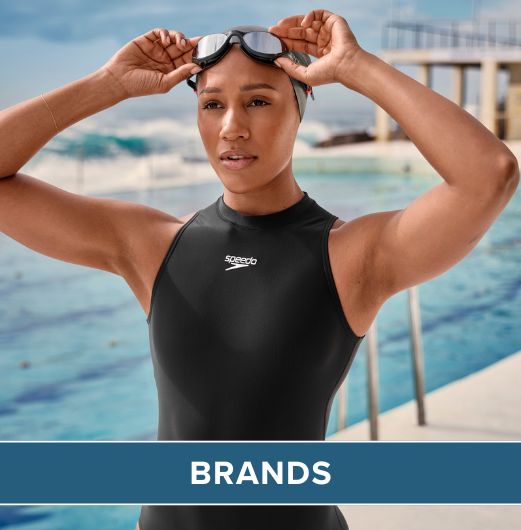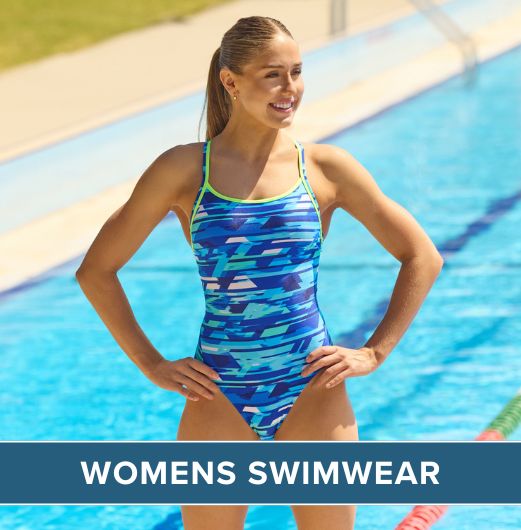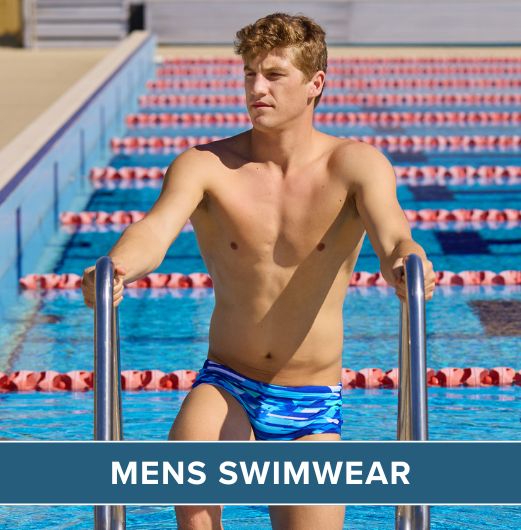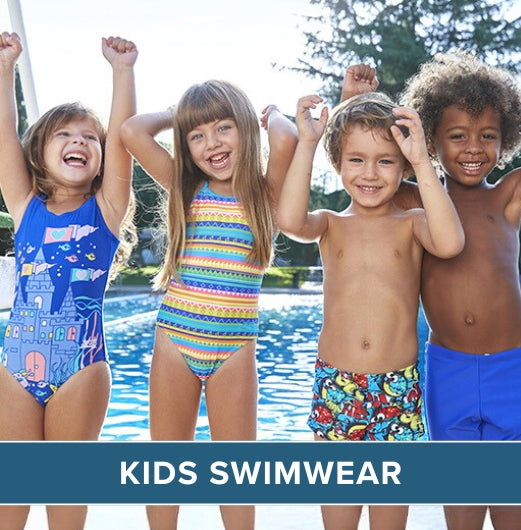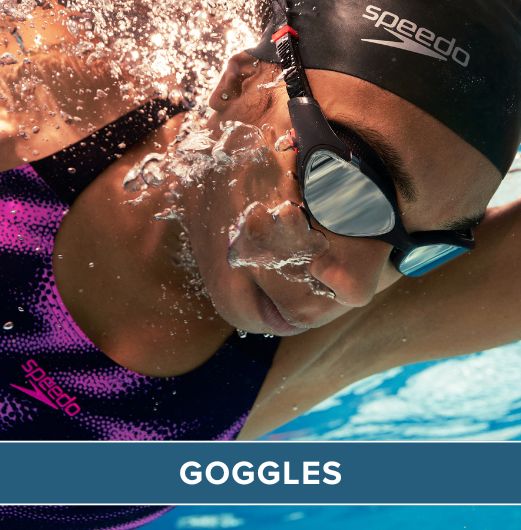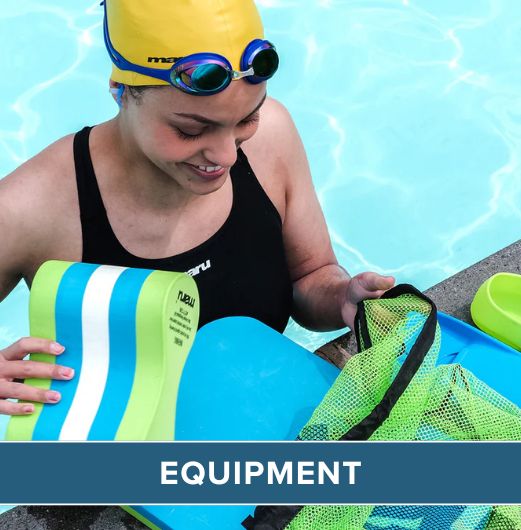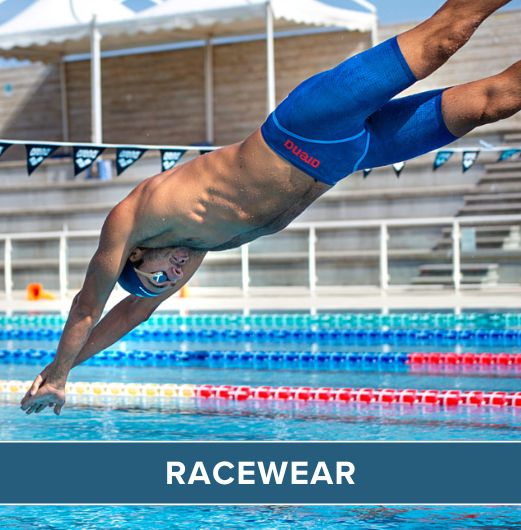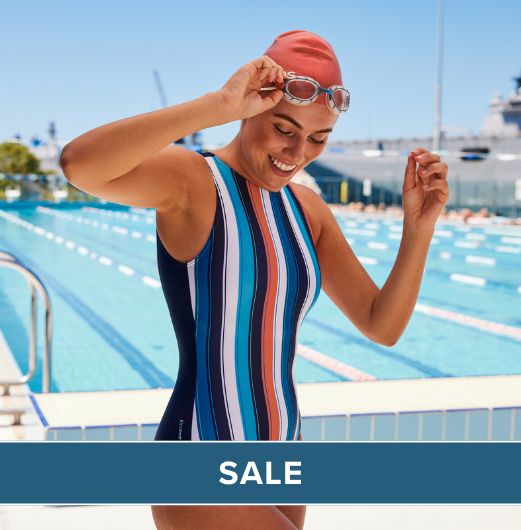Since ancient times, men's swimwear has been on a journey from virtual non-existence at one extreme, to providing incredible performance, durability and style at the other. The journey started out well over 100 years ago as a means of covering up to preserve modesty and dignity in public, progressing through various styles and designs to achieve this end. Public opinion eventually shifted to the extent that bare-chested men were socially acceptable. From this point on, trunks and boxers became the focal point of every design and although styles were tweaked and modified here and there, colours, patterns and materials saw the biggest shifts. Here's a step-by-step guide to the history of men's swimwear...
Ancient Times
During Roman times, male bathing was carried out naked, as known from murals and classical paintings depicting nude swimmers enjoying this leisurely pass-time. As times moved on, different cultures had different standards and some prescribed that bathers and swimmers should wear a suitable garment, which could be anything to cover the bare essentials, with the loincloth a popular choice (as seen much later in the Japanese male fundoshi).

18th-19th Centuries
Up until the mid-19th century, there was no general ban on nude swimming, with each local jurisdiction making individual laws. However, in 1737 there’s evidence of the Bath Corporation forbidding nude bathing for males over the age of 10 and by 1860, nude bathing was totally banned in the UK at least, with caleçons (drawers) popular as a means to cover up. Since then, men's swimwear has undergone many changes, keeping its distinction from female costumes, which accentuated the female curves. Male swimwear, on the other hand, highlighted masculinity with a no-frills approach and a solid, square look.
Men’s swimwear styles during the 1880’s were rather shabby, mimicking traditional undergarments, but gradually more thought went into the designs and improvements were made. The first swimsuits were made from knitted wool with stretchy properties absorbing less water than cotton. Early designs made swimming rather difficult as they weren’t streamlined and despite wool being better than cotton, swimsuits still absorbed water easily. An early Jantzen men’s swimsuit weighed 9 lbs. when wet, making it difficult to swim and leaving bathers vulnerable to exposure if the suit slipped off under its own weight! Soon afterwards, man-made materials entered the market, first rubber and then nylon a few decades later.
1910’s
Throughout the decade following 1910, most male swimmers donned tank suits in the water. These were substantial garments in dark, solid colours reaching all the way down to the elbow and below the knees. The Machine Age introduced a more athletic look to men's sports and swimwear. By 1912, the booming business of Bentz Knitting Mills added swimwear to their range and the world started to buy male swimsuits like never before. However, social norms focused on modesty and a sign of the times was the 1917, Bathing Suit Regulations published in America, which were highly detailed on the subject of covering up. Male bathing costumes even had to include a skirting outside the trunks for modesty, or a man could wear flannel knee-length pants together with a vest. With bathing regulations driving the demand for swimsuits, the biggest large-scale producer of swimwear in the US came into being, the Bradley Knitting Company in Wisconsin as well as Portland Knitting Company based in Oregon (renamed to Jantzen in 1916). The latter introduced a number of firsts for the swimwear industry, such as rib-stitched bathing costumes, which were lighter in weight and more streamlined.
1920’s
In the 1920’s, the beach was a favourite destination as it became more fashionable to sport a suntan and designs for men’s swimwear became more body-conscious and athletic. British industry responded to the demand for bathing costumes and started mass-producing a one-piece costume called the Speed Suit with fitted trunks. The previously long sleeves had disappeared to be replaced by more generously-cut armholes. This one-piece suit, together with swimsuit separates in both solid colours and stripes, enjoyed a large chunk of the market share in men’s swimwear.

1930’s
With the dawn of the 1930s, a more fitted, high-waisted design in swimwear emerged, influenced by the Art Deco movement. During this decade, Lastex was introduced (synthetic rubber yarn) as well as nylon, heralding a new dawn in swimwear for men. Lastex created something of a nude look as it hugged the figure, flattering different shapes and sizes. Special supports were integrated into the trunks, called Sunaka supports, giving a trim and modest look with added comfort for the wearer. Swimwear was becoming more attractive for men, but they still weren’t allowed to have a bare torso. Public opinion did change under pressure and by 1933 a multi-purpose suit known as the Men's Topper had been designed, which, as the name indicates, had a removable top.
Olympic swimmer Johnny Weismuller helped to promote the B.V.D company’s swimsuits in 1933. Weissmuller had given some input into the design and recommended low cut arms on a tank top, with a naturally-fitting waist, coupled with a pair of full trunks. The end product was the very first pair of bathing trunks. Initially these were released in France, since the US still erred on the side of modesty. Companies producing swimwear for men tried to design their trunks with a more tailored look, to make them more publicly acceptable, with a fly front and a buckle belt. Finally, in 1937, men were legally allowed to swim bare-chested if they so desired, but there was still much controversy surrounding the issue and topless men were often shunned on pubic beaches. Over time, views of bare-chested men softened and shorts became the standard swimwear, with those wishing to cover up more opting for boxer-style swimming trunks.
1940’s
The war years brought fabric shortages and men’s swimwear adopted shorter styles. The creation of the Athletic Model Guild during the later part of the 1940’s promoted male prowess and a celebration of the male form, along with a growing interest in the male physique and bodybuilding. Swimwear followed suit. Some of the most memorable swimwear advertising campaigns during this time were quite daring, a good example being the 1947 Jantzen ads with James Garner.
1950’s
Men’s swimwear moved in step with the flamboyance of women's costumes from the 1950's onwards. The explosion of the middle classes drove a high demand for swim and leisurewear. Terry-lined cabana sets, which were matching boxer-style trunks and shirts with loud designs including Hawaiian prints, reigned supreme for pool parties now enjoyed by the semi-affluent. Designs were really evolving now with more colour and greater attention to detail.
1960’s
The 1960's saw a social and fashion revolution and during this decade Rudi Gernrich launched his radical designs. The Australian brand Speedo was also invented, designed by Peter Travis. The now-famous men’s swimming briefs have a name that's synonymous with modern swimwear. With Speedos, men’s swimming trunks became shorter than ever before. The 1969 moon landing also had an impact on fabric styles, with space-age designs in gaudy, psychedelic colours regularly seen on beaches and around poolsides. Some manufacturers produced swimwear in terry cloth, denim and corduroy and a few designs featured belts, harking back to the 1930’s designs.

1970’s
The hippie movement of the 1970’s saw cutoff shorts moving into fashion, which, along with the boxer trunks, were here to stay. These went hand-in-hand with men's outdoor hobbies and interests, allowing the flexibility to swim and be active as well as lounge around at leisure. Men's swimwear became rather confined in style from this point onwards and only patterns and colours changed over the ensuing decades, as swimwear fashions fluctuated from the long, loose look of boxers, to the short, tight look of trunks.
1980’s
The uneventful 1980’s saw neoprene used occasionally to make men’s swimwear with trunks being the most popular garment. The 1980’s promoted a flashy style and an obsession with men's physical fitness and bodybuilding re-emerged. Tight Lycra swim briefs became popular during this time to compliment the male physique.
1990’s
The 1990’s introduced loosely-fitting surf board shorts to the market, along with the rising popularity of surfing as a sport. Also during the 1990’s, Calvin Klein’s boxers took the fashion world by storm and became the basis of slick, athletic swimwear designs for men.
2000’s
During the noughties, beaches were hit by a Brazilian fashion wave and the Sunga Suit became popular, with it’s various colours and low cut design. Men’s swimwear fashion today comes in many different varieties, from the ever-popular swim trunks offering more speed and smoothness for swimming to the looser, boxer style swimwear, offering more cover. Trunks are now made of polyamide or polyester and nylon. Sometimes, cotton’s added, but the emphasis is placed on comfort and rapid drying, as well as durability and colour retention.
We hope you enjoyed this summary of men's swimwear through the ages! What's your swimwear style of choice?
 Free Tracked UK Delivery
Free Tracked UK Delivery Hassle Free Returns
Hassle Free Returns Next Working Day OPTION
Next Working Day OPTION Found It Cheaper?
Found It Cheaper?



